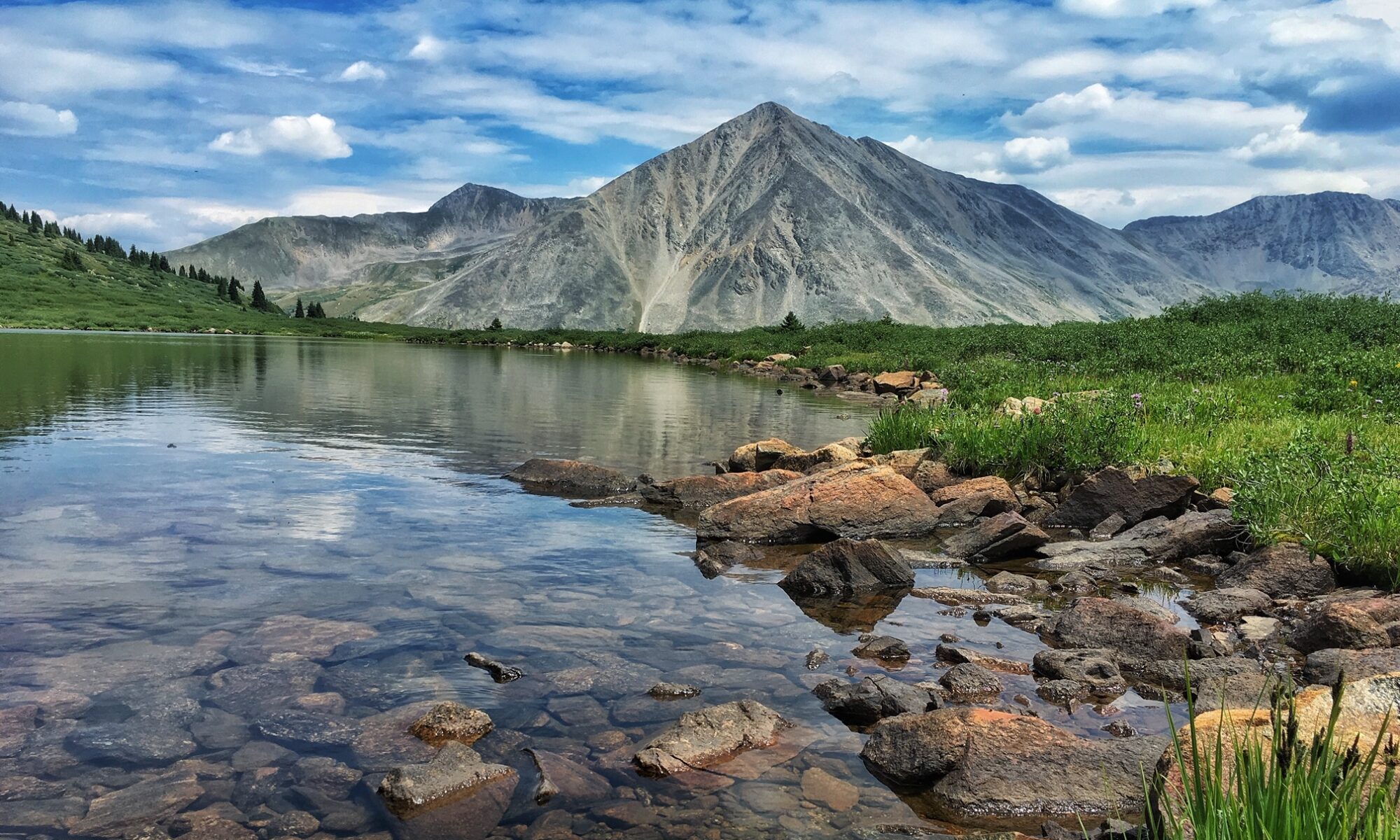I have much for which to be thankful as Thanksgiving Day nears. My list begins with the love of God, the love of family, good health, good friends, and a job which I love. Yet fly fishing is high on my list of reasons to give thanks. This week, fly fishing and Thanksgiving have given me pause for some reflection.
Here are seven of the fly-fishing-related gifts for which I am thankful.
1. I am thankful for the years I lived within an hour of famous trout waters.
I lived in Montana for over two decades.
One year, I lived in Paradise Valley — just two hundred yards from the Yellowstone River. Then, I moved to Helena where I could drive to some terrific spots on the Missouri River in less than an hour. Five years later, I moved to the Gallatin Valley near Bozeman. The house we built was less than a mile from the East Gallatin River and less than an hour away from the Madison and Yellowstone Rivers. It’s been twelve years since I moved from Montana to the north suburbs of Chicago. But once or twice a year I return to fish those amazing rivers.
I know where to go and how to fish them because I had the privilege of living in fly fishing heaven for so long.
2. I am thankful for the relative affordability of fly fishing.
My favorite outdoor sports are elk hunting, deer hunting, and fly fishing for trout. But I rarely hunt these days because of the cost. Now that I am a nonresident, an annual fishing license in Montana costs me $86. By comparison, the cost of a nonresident Elk Combination license (which includes fishing and upland birds) costs $868. A nonresident Deer Combination license is $602. You will find significant differences between the costs of guide services (if you use them) for fly fishing and big game hunting.
You might be surprised, too, when you compare the costs of fly fishing to other outdoor sports like downhill skiing or golf.
Thankfully, fly fishing is fairly affordable — even if you splurge for a Winston Rod or a pair of Simms waders.
3. I am thankful I can fly fish year round.
When I lived in Montana, the window for big game hunting was roughly Labor Day to Thanksgiving Day weekend. Once you filled your tags, you were done. However, you can fish every month of the year in Montana if you like. I have caught fish in Montana every month of the year. Three of the four seasons—spring, summer, and fall—offer fantastic opportunities.
That is nine months of prime fly fishing!
4. I am thankful for the friendships which have formed around fly fishing.
My podcast partner, Dave, and I have other interests besides fly fishing. But our love of casting a fly on trout streams and rivers has given us a context for our life-long friendship to flourish. I’ve developed several other friendships solely because of fly fishing.
There’s something about it which creates and deepens relational bonds like few other activities do.
5. I am thankful for the way fly fishing has strengthened family ties.
Fly fishing provided a means of communicating and relating with my sons even during the most difficult seasons of their youth (middle-school years). We’ve had some tremendous memories catching cutthroat trout on hoppers in the Yellowstone and big rainbows on nymphs on the Madison.
The memories we share while fly fishing have drawn us closer to each other.
6. I am thankful for the mentors who have taught me to fly fish.
I have written about this elsewhere, but I am profoundly grateful for the guys who helped me learn to cast, to mend my line, and to tie flies. I am also thankful for mentors who shared their favorite spots with me as well as their wisdom. I am thankful for the patience of all those who got hooked by my backcasts or who had to help me untangle my two-fly combination after an unnecessary false cast.
7. I am thankful for the conservation efforts which make good fly fishing possible.
I am grateful for the foresight of anglers like Bud Lilly and the ongoing efforts of folks like Craig Matthews to protect fish and fisheries. I am thankful for the Skinner brothers—ranchers near Belgrade, Montana who were ahead of their time in implementing practices to protect and even restore sections of the East Gallatin River.
I am appreciative of Trout Unlimited, a conservation organization to which I belong, for all of its initiatives and projects which protect wild trout.
As Thanksgiving Day nears, I hope you’ll take a moment to reflect on all the reasons you have to be thankful for fly fishing. It is an amazing pursuit!







